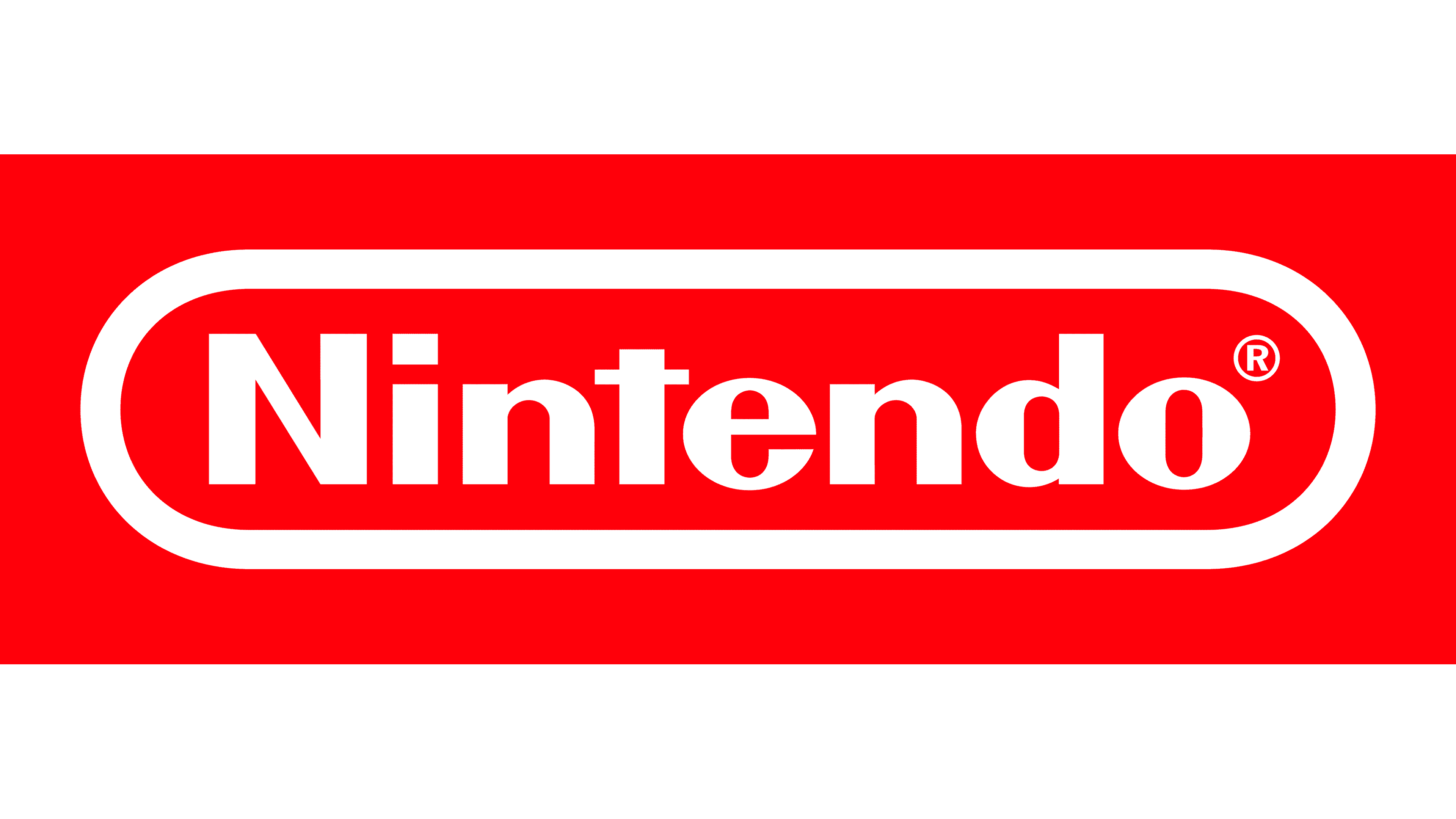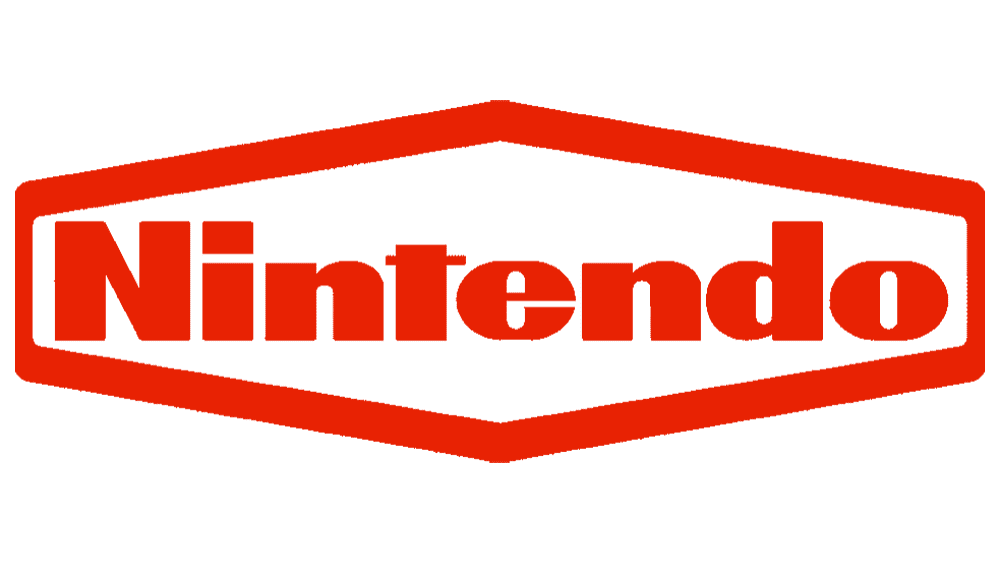Nintendo began in 1889 as a producer of handcrafted hanafuda playing cards. The company transformed over time, entering the video game industry in the 1970s. Today, it stands prominently in the market due to its innovative game titles and game consoles.
Meaning and History
The company’s name, ‘Nintendo,’ translates to ‘leave luck to heaven,’ a phrase reflecting a philosophy of embracing fate. This name, which initially referred to traditional card games, eventually turned into a hallmark of cutting-edge electronic gaming.
Nintendo has risen to internation fame in the 1980s with the introduction of the Nintendo Entertainment System (NES) and beloved games like ‘Super Mario Bros.’ and ‘The Legend of Zelda.’ These titles not only revolutionized the world but also became cultural icons. The company’s legacy continues with its inventive approaches to gaming, seen in products like the Game Boy, Wii, and Nintendo Switch, captivating and entertaining gamers globally.
What is Nintendo?
Nintendo is an international giant from Japan that sells entertainment products, specifically video games, game stations and merchandise. The titles like Switch, Wii, NES, Mario and The Legend of Zelda have made them extremely popular and successful in this field, which is fascinating given that they started in 1889 as a gaming card seller.
1889 – 1950
This traditional, calligraphic inscription finds itself in a white rectangle with two red triangles at the top and reflects the company’s origins and its initial business in handmade playing cards.
1950 – 1960
This iteration transitions to a black-and-white color scheme. The composition showcases an ace with numerous triangles serving as an outline. In the center of the image lies a contoured circle with a gothic ‘n’ inside.
1960 – 1964
The logo maintains a black-and-white color palette. The characters are now presented in calligraphy hand-crafted typeface with no backdrop.
1964 – 1965
This following logotype introduces the nameplate of Nintendo in a custom typeface where all character are connected with a bottom line. For the first time ever, they put the white inscription on a red rectangular backdrop.
1964 – 1967
The logo is in italics plus uses a thick sans-serif font for English letters, symbolizing modernity and accessibility.
1965 – 1967
In this version, the design is simplified to the name “NINTENDO” in a sans-serif font, softer than the previous version and not italicized.
1966 – 1970
The 1966 iterations feature a thin red circular frame, containing a red inscription ‘n9’, with both symbols placed face-to-face and rendered in a highly legible with long vertical lines, and angular lower corners.
1967 – 1975
The next logo is more textual and less abstract. It features the company name in red, serif-free font with massive letters. The text is capitalized and has a small amount of spacing in between, which provides a timeless style, used widely until today.
1968 – 1970
This one presents the company name in a red diamond shape with a thick border. The typeface is similar to the previous version—bold and sans-serif— but the frame gives it a distinctive and dynamic look.
1968 – 1970
In the late 60’s they also used a simple inscription with no extras that said ‘Nintendo Company’.
1970 – 1975
The 1970 version depicts the same composition as its predecessor, a red nameplate within a frame, but the latter turned from a diamond into a rounded rectangle.
1973 – 1975
In this version, the nameplate was in Japanese characters. This logo sometimes appears on the company’s products, but apparently, it is just an additional logo.
1975 – today
This logo is simple and clean, featuring the company name in black, bold, sans-serif font. There is no surrounding shape or border, giving it a timeless and versatile appearance. The text is straightforward, with all letters in uppercase, which promotes easy recognition.
1977 – 1983
Here, the company name appears inside a black oval with a thin border. The nameplate is similar to the previous one but includes the registered trademark symbol (®) after the name. The oval encasement suggests a classic or retro feel, which was quite common for logos during that era.
1983 – 2008
This iteration has a distinctive and iconic design, with the company name in red, set in a red rectangle with rounded corners and a thick border. The use of red is eye-catching and has become strongly associated with the company’s brand identity.
2006 – 2016
The logo is presented in a silver-grey, giving it a metallic look. The company name is within the familiar rounded rectangle that resembles a capsule. This design suggests a modern, sleek, and technological aesthetic, possibly to align with the digital and electronic nature of the company’s products.
2016 – today
Returning to a bold and simple design, this logo features a bright red background with the company name in white. It retains the rounded rectangle from previous versions but omits the silver gray for the white color. The white text stands out clearly against the red, making additional contrast.
Color
Since as far as the 1960s, Nintendo has been using a red and white color scheme, often considered a joyful combination that reflects playing, love, passion, and activity, to name a few. Additional corporate schemes include professional and serious black and white.
Font
The script used in the nameplate has a sans-serif style, characterized by clean and modern lines and well-proportioned characters. It is bold and has a friendly and approachable appearance due to its rounded edges and consistent stroke width. Notably, the ‘i’ has a distinctive square dot, which is a hallmark of the brand’s name caption.




















